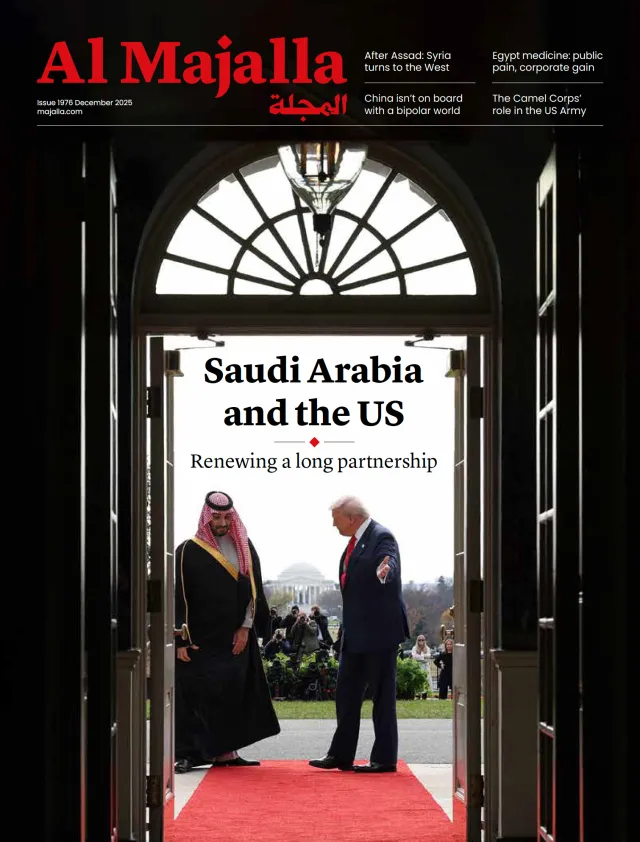On 9 April 2003, as US forces entered Baghdad’s Firdos Square, a group of young men emerged from a nearby alley and made their way toward the towering statue of Saddam Hussein. Armed with hammers and pickaxes, they began striking its concrete pedestal in an attempt to bring it down.
Their efforts proved futile, however, as the base was too solid. Moments later, an American military crane rolled in and a US Marine draped the statue’s face with an American flag, then fastened a steel cable around its neck. With a single mechanical pull, the crane brought down a monument to Baathist rule, crashing it onto the asphalt. Only then did the “opposition” youth resume their role, hammering at Saddam’s severed likeness.
The moment, staged for cameras, quickly revealed its deeper symbolism. Observers on the ground and millions watching around the world realised that the Iraqi opposition, brought in to perform the ritual of regime collapse, lacked the strength to complete the task on its own.
It became apparent that Saddam’s true successor was not a homegrown political movement, but the US occupation. This was the same opposition that had convened in London prior to the invasion, where they had ostensibly agreed on a blueprint for post-Saddam governance.
The rest is history. The frailty of Iraq's exiled opposition was already clear in the early days of the war, as evidenced by the assassination of Abdul Majid al-Khoei in Najaf by supporters of local cleric Muqtada al-Sadr. From that moment, Iraq set off on a turbulent and deeply divisive path.
Read more: How the fall of Baghdad changed the world




